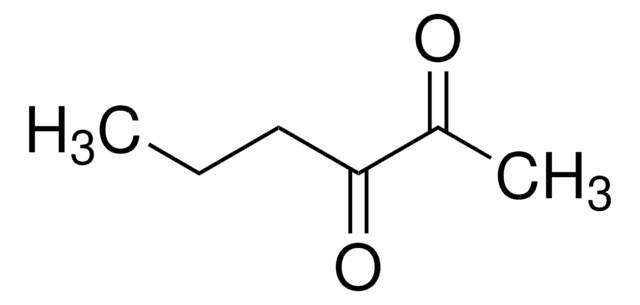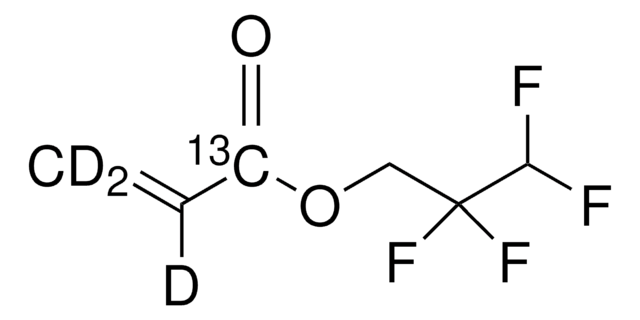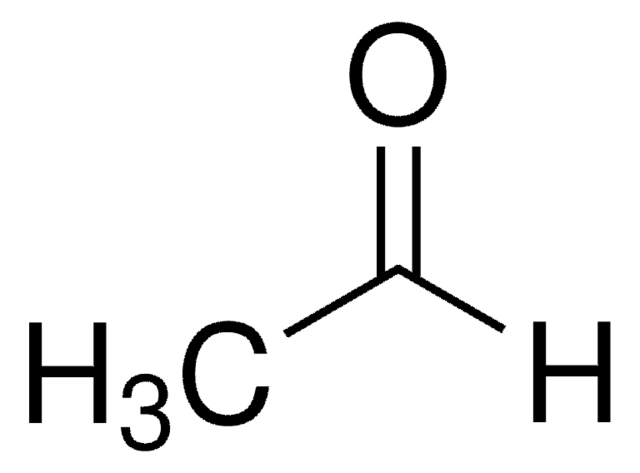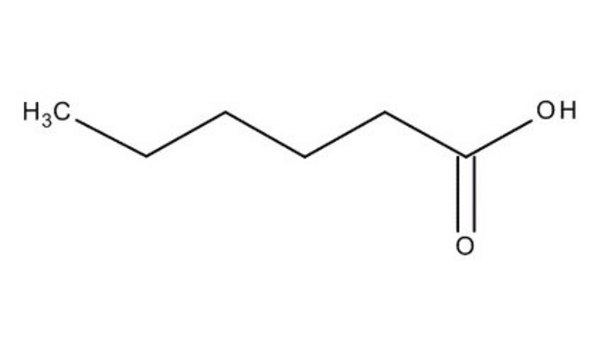Recommended Products
biological source
synthetic
Quality Level
Assay
≥97%
refractive index
n20/D 1.415 (lit.)
bp
134-135 °C (lit.)
density
0.820 g/mL at 20 °C
0.819 g/mL at 25 °C (lit.)
application(s)
flavors and fragrances
Organoleptic
alcohol; medicinal; ethereal
SMILES string
CCCC(O)CC
InChI
1S/C6H14O/c1-3-5-6(7)4-2/h6-7H,3-5H2,1-2H3
InChI key
ZOCHHNOQQHDWHG-UHFFFAOYSA-N
Looking for similar products? Visit Product Comparison Guide
General description
Disclaimer
Signal Word
Warning
Hazard Statements
Precautionary Statements
Hazard Classifications
Flam. Liq. 3
WGK
WGK 1
Flash Point(F)
113.0 °F
Flash Point(C)
45 °C
Personal Protective Equipment
Regulatory Information
Certificates of Analysis (COA)
Search for Certificates of Analysis (COA) by entering the products Lot/Batch Number. Lot and Batch Numbers can be found on a product’s label following the words ‘Lot’ or ‘Batch’.
Already Own This Product?
Find documentation for the products that you have recently purchased in the Document Library.
Our team of scientists has experience in all areas of research including Life Science, Material Science, Chemical Synthesis, Chromatography, Analytical and many others.
Contact Technical Service








